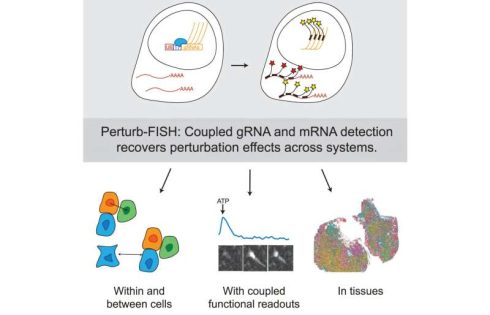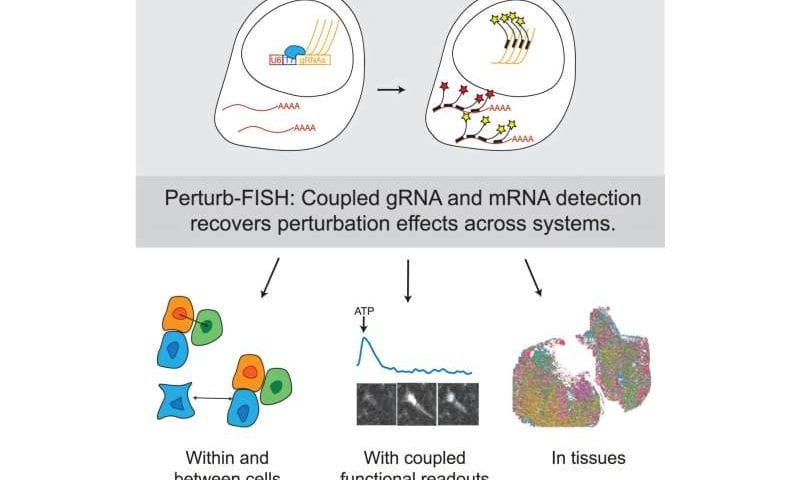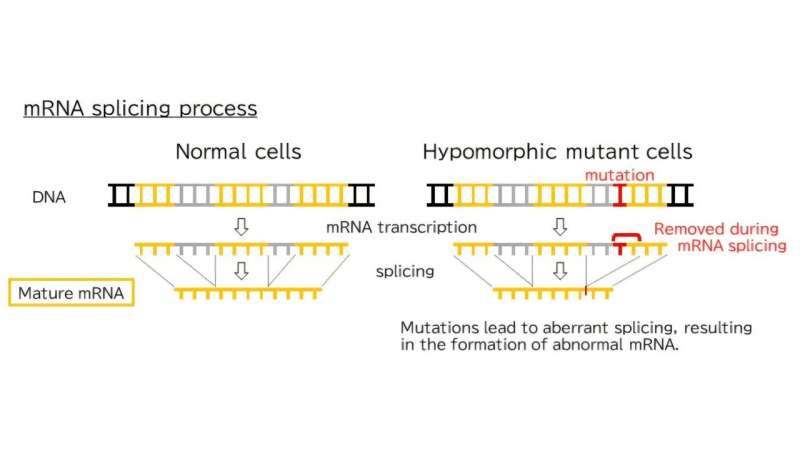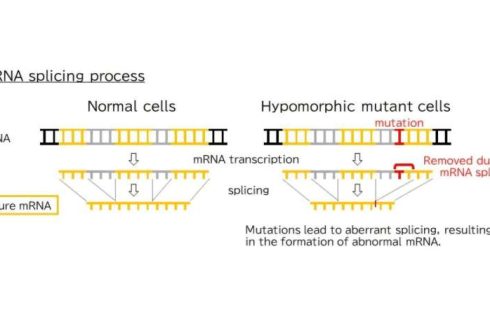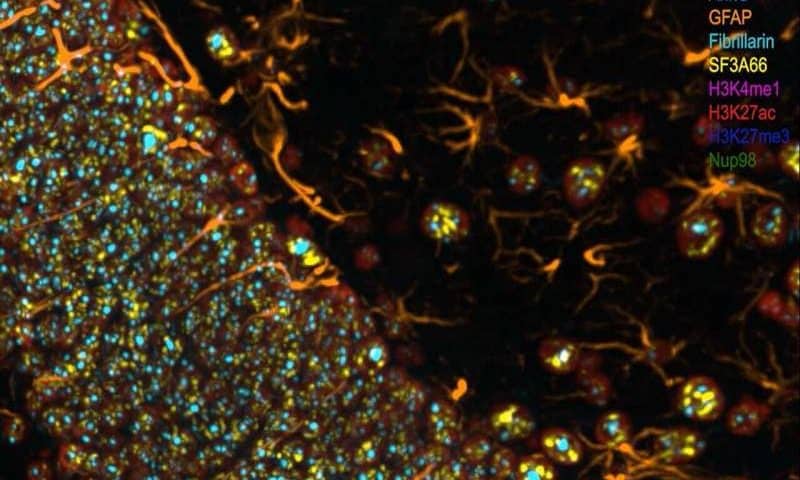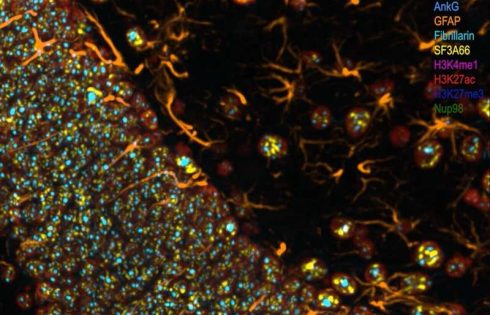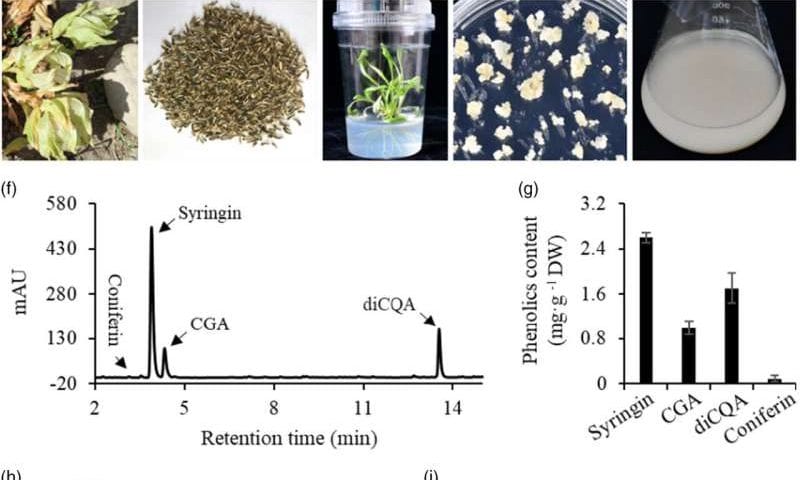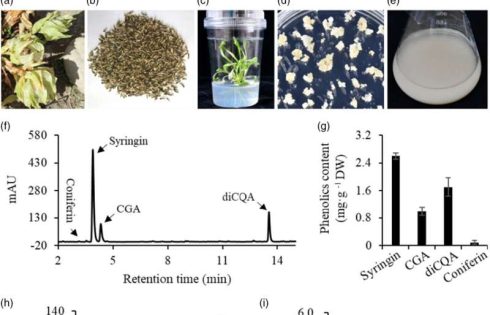
Most people who misuse opioids take the drugs to relieve pain, but data suggest that men are more likely to misuse and overdose on opioids than women, even though they suffer less chronic pain. Scientists hypothesize that something other than, or in addition to, chronic pain must be putting men at higher risk of developing problems managing their opioid use.
Newly reported research in rats by scientists at Washington University School of Medicine in St. Louis suggests that one underlying cause may be biological. The study showed that male rats in chronic pain gave themselves increasing doses of an opioid—specifically, fentanyl—over time, while female rats with the same pain condition kept their intake at a constant level, similar to what is seen in people. The behavioral difference was driven by sex hormones, the researchers found. Further experiments showed that treating male rats with the hormone estradiol (E2) led the animals to maintain a steady level of fentanyl intake.
The study findings indicate that differences in how men and women use and misuse opioids may be driven by their hormones, and that a deeper understanding of how sex hormones interact with chronic pain could open up new approaches to addressing the opioid epidemic.
“These data suggest that men may be inherently predisposed to misuse opioids in the context of pain because of their balance of sex hormones,” said Jessica Higginbotham, PhD, a postdoctoral researcher in the lab of Jose Moron-Concepcion, PhD, the Henry Elliot Mallinckrodt Professor of Anesthesiology at WashU Medicine.
First author Higginbotham, senior author Moron-Concepcion, and colleagues reported on their findings in Neuron, in a paper titled, “Estradiol protects against pain-facilitated fentanyl use via suppression of opioid-evoked dopamine activity in males.” In their paper, the team concluded, “While pain relief is a primary motivator for opioid misuse, our findings highlight a critical role for hormonal regulation in opioid vulnerability under conditions of pain and begin to address a major gap in our current understanding … This study reveals nuanced crosstalk between hormones and pain states that may alter reward pathway dysfunction perpetuating opioid use.”
Opioids are potent analgesics used to treat the symptoms of pain, but they are highly prone to abuse, the authors wrote. And while pain relief is the most frequently reported motivation for opioid misuse, the team stated, “Despite sex and gender differences in pain and opioid use—with women reporting greater pain, while men are more frequently misusing opioids and overdosing—the underlying mechanisms remain unclear.”
When a person—or a rat—takes an opioid such as fentanyl, it acts on the brain in two ways. The drug blocks the transmission of pain signals, relieving pain, and it triggers the release of dopamine from the reward center in the brain, creating a feeling of euphoria. Previous work by Moron-Concepcion and members of his laboratory had shown that pain itself affects dopamine levels in the brain, suggesting that opioids and pain may interact to influence dopamine levels. “The transition to compulsive drug use stems from neuroadaptations within the mesolimbic dopamine (DA) circuitry, a key regulator of reward and motivation,” the team continued. “Opioid reinforcement triggers extracellular DA release in the nucleus accumbens (NAc) through disinhibition of ventral tegmental area DA (VTADA) neurons.”
To understand how pain influences opioid-seeking behavior in sex-specific ways, Higginbotham and Moron-Concepcion studied rats with induced chronic pain in their paws. The researchers found no difference between males and females in terms of how much pain the animals experienced, as measured by how quickly they drew back their paws when touched. They also found no difference between the sexes in how much pain relief a dose of fentanyl provided, using the same measurement. But the team found that males allowed self-administration (SA) of fentanyl went back for more and more of the opioid over the course of the three-week study, while the females did not. “Using a model of persistent inflammatory pain, intravenous (i.v.) fentanyl self-administration (SA) and wireless in vivo fiber photometry, we identify sex-specific mechanisms underlying maladaptive opioid use,” they explained in their paper.
The researchers discovered an important difference between male and female rats in the amount of dopamine released after a dose of fentanyl. Females produced the same amount of dopamine from fentanyl over the course of the experiment, regardless of whether they were in pain or not. Males that were not in pain responded like females. In contrast, males in chronic pain generated a bigger and bigger dopamine response to fentanyl over time. In other words, pain made the feel-good part of opioids feel even better for males, but not for females.
“We had thought that maybe the males developed a tolerance to fentanyl and needed increasing amounts to relieve the pain, but that wasn’t it,” said Moron-Concepcion, also a professor of psychiatry and neuroscience. “The males were taking more and more fentanyl to feel that ever-increasing high. In males, but not females, the pain condition itself affected the reward centers of the brain and drove them to take more drugs.”
Further experiments revealed that sex hormones were responsible for the different dopamine responses in male and female rats. Ovaries are the primary source of sex hormones in females, producing estrogen, progesterone, and small amounts of testosterone. The researchers found that female rats whose ovaries had been removed—ovariectomized (OVX) animals—responded to fentanyl similarly to males, with increasing amounts of dopamine released and an increase in opioid-seeking behavior. In contrast, males that were given estrogen (estrodiol, E2) exhibited dopamine responses and opioid-seeking behavior similar to that of females.
“By linking instrumental opioid use with real-time reward circuit activity across several weeks, we identify hormonally regulated pain-induced neuroadaptations within VTADA systems under hormonal regulation, which drive excessive opioid use,” the authors reported. “While pain relief is a primary motivator for opioid misuse, our findings highlight a critical role for hormonal regulation in opioid vulnerability under conditions of pain and begin to address a major gap in our current understanding.”
The findings suggest that a drop in estrogen levels with menopause may help explain why older women have higher rates of opioid abuse compared to younger women, Higginbotham said. “Our findings suggest that high E2—relative to other circulating hormones—may add resilience against opioid misuse in pain,” the team noted.
Moron-Concepcion stated, “What we can do now is start thinking about how to find the right balance of hormones to prevent opioid use disorder in people with chronic pain. We haven’t yet looked at the role of other sex hormones such as testosterone or progesterone. Is there a perfect combination of hormones that can reverse the effects of pain on opioid use? That’s something we’d like to find out.”
Higginbotham added, “We focused on estrogen in this study, but I doubt the effect we saw is due to estrogen alone. It is more likely to be the balance of all the sex hormones in the body that influences risk. Men and women have the same sex hormones, just in different amounts, and our data suggest that females have a more protective balance than males. But if that balance changes, the risk of developing opioid use disorder could change, too.”
Reporting on their findings, the authors further stated, “To advance pain treatment in the face of the opioid crisis, it is imperative that we delineate how biological sex and hormone mechanisms predispose certain populations for higher misuse liability and that we use this knowledge to improve individualized treatment strategies.”
